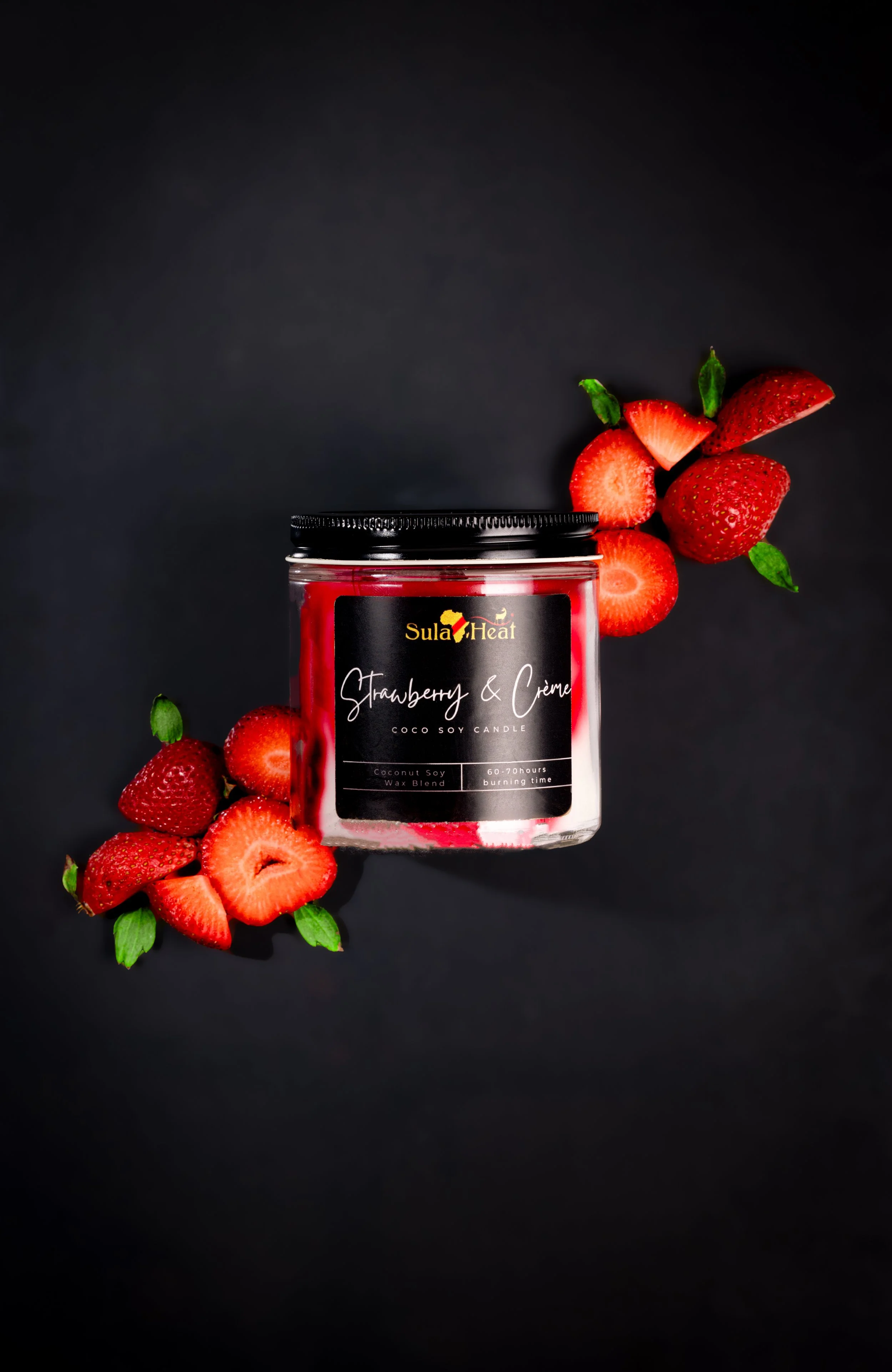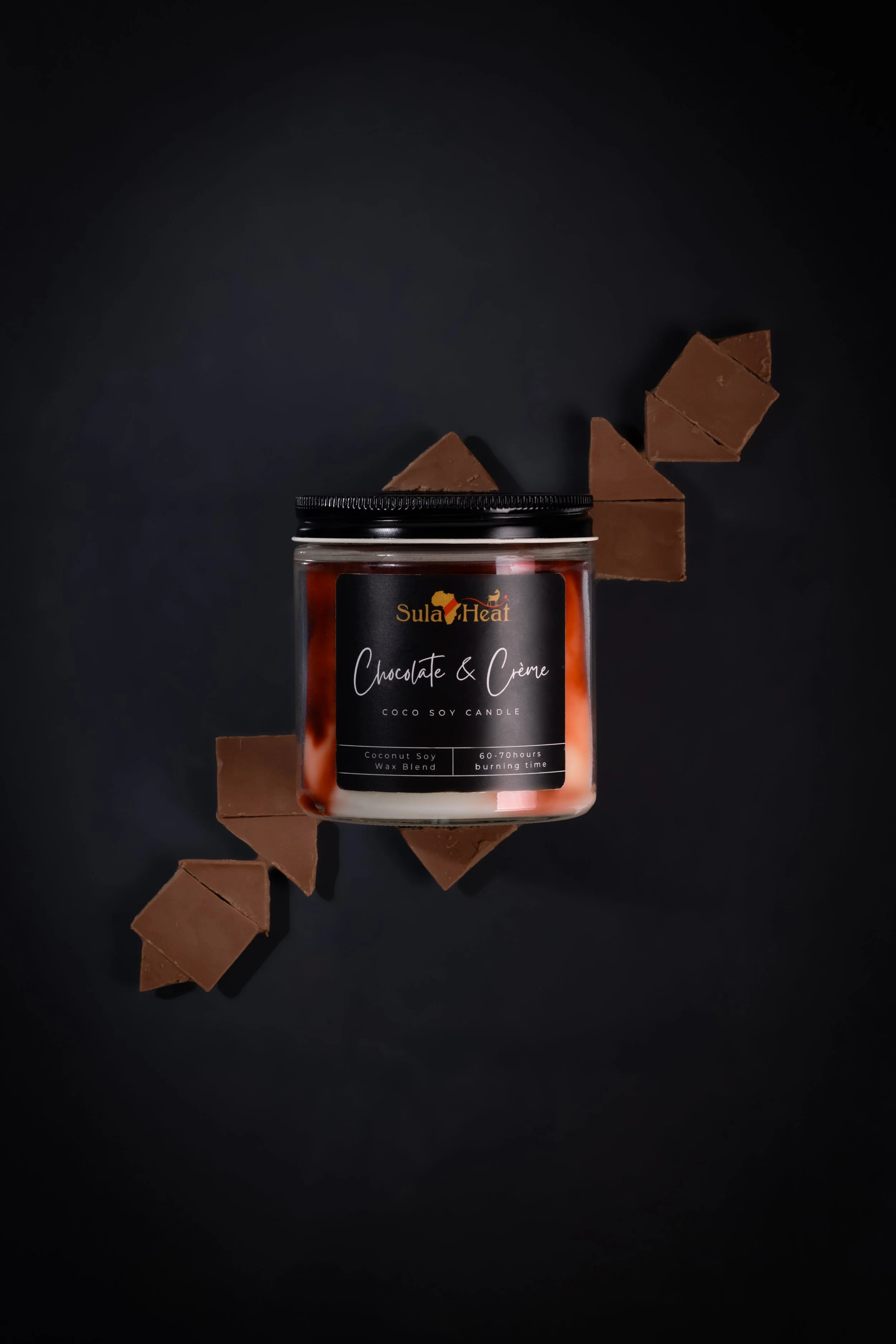Why Your Skincare Product Photos Look “Okay”… But Still Aren’t Selling
(And How to Fix It With Photography Secrets No One Talks About)
Do your photos look pretty… but fail to make people click “buy”?
You’ve invested in good packaging, spent hours styling your products, and maybe even hired a photographer. But your skincare photos still don’t move inventory. Why? Because looking “nice” is not enough — your photos have to sell an experience, not just show an object.
Most guides focus on surface fixes: “Use better lighting” or “Shoot in RAW.” Good advice, sure. But that’s not what’s keeping your sales flat. The real issues are subtle, and almost no one talks about them.
Let’s dig into the hidden reasons your photos aren’t converting — and how to fix them.
1. Your photos don’t show texture — and that’s a trust killer.
Skincare customers want to know what it feels like before they spend money. Is your serum silky or watery? Is that cream whipped, rich, or lightweight?
The overlooked problem:
Most photographers smooth everything out in editing. They remove every speck, every bubble — sometimes even the natural shine of the product. The result? A flat, textureless image that feels fake.
The fix:
Use macro photography to capture fine texture details.
Light products from the side to show depth and highlight surface sheen.
Avoid over-retouching — let natural details stay visible.
2. Your props are “cute,” but they tell the wrong story.
Many skincare photos are surrounded by random flowers, candles, or pebbles. Pretty? Sure. Relevant? Not always.
The overlooked problem:
Props can send mixed messages. If your product is all about clinical science, why is it styled with seashells? If it’s organic and earthy, why does it sit on a mirrored acrylic block?
The fix:
Choose props that support your brand story.
If you’re selling a natural face oil, think leaves, raw wood, or stone.
If your product is lab-formulated, think glass droppers, clean white surfaces, and sharp lines.
Ask yourself: Would this image make sense if the product were gone? If not, the props aren’t reinforcing your brand.
3. The colors don’t match your packaging (or your audience).
Ever notice how a product looks amazing in photos but dull in real life? That’s a conversion killer — customers expect one thing and receive another.
The overlooked problem:
Poor color accuracy comes from:
Shooting in mixed lighting (daylight + indoor light).
Editing on an uncalibrated screen.
Adding trendy filters that distort brand colors.
The fix:
Shoot under one consistent light source (natural light, flash, or continuous — just pick one).
Use a color checker card during your shoot to calibrate colors in editing.
Keep your tones on-brand — soft beige for luxury, vibrant tones for youthful products.
4. Your composition feels lifeless.
Do your product shots look more like a catalog than a lifestyle? If so, that’s why no one’s clicking.
The overlooked problem:
Many skincare photos show products straight-on, perfectly centered, against a plain background. Clean? Yes. Memorable? No.
The fix:
Add movement and depth: splash water, scatter petals, or tilt bottles naturally.
Use layers — foreground blur, midground product, soft background.
Crop creatively — not every shot needs to show the full bottle.
Remember: Your product isn’t just an object. It’s part of someone’s daily ritual. Show that in your photos.
5. You’re not mixing photography with video.
Still photos are powerful, but skincare is about motion, shine, and transformation. A photo can’t show how serum glides or how mist sprays.
The overlooked problem:
Brands treat video as an “extra,” not a must-have. But consumers on TikTok, Instagram, and YouTube are trained to expect movement.
The fix:
Add short 5–10 second clips alongside photos — droppers in motion, cream being swiped.
Use slow-motion to highlight product texture in action.
Keep it simple — you can shoot high-quality clips on your phone with good lighting.
6. You’re trying to please everyone instead of your ideal buyer.
Do your photos feel generic? That’s because they are.
The overlooked problem:
Instead of targeting one specific customer, you’re creating images to impress everyone. Which means they impress no one.
The fix:
Identify your core audience: Are they skincare enthusiasts, busy moms, luxury buyers, or Gen Z trendsetters?
Style accordingly: Luxury = high contrast and black accents. Organic = soft light and natural props. Youthful = colorful, playful backgrounds.
The more specific your visual language, the more likely you’ll grab the right buyer’s attention.
7. You think “high resolution” means “high quality.”
Just because your photo is 40 megapixels doesn’t mean it’s good.
The overlooked problem:
Many photographers obsess over gear instead of storytelling. You can have a technically perfect shot that feels cold and forgettable.
The fix:
Focus on lighting, styling, and composition first.
A great image shot on a phone with beautiful light will sell more than a boring image shot on a $6,000 camera.
Gear matters — but only if the creative direction is solid.
How to instantly make your skincare photos sell more (even without reshooting everything)
Re-edit to restore product texture — undo over-smoothing.
Crop your photos to create close-ups that show detail.
Add lifestyle context — mockups with a hand holding the product or product on a vanity.
Pair each photo with a short product clip to show how it works.
Test different thumbnail images for e-commerce — the first image should POP.
The bottom line:
If your skincare photos aren’t selling, it’s not because they’re “bad.” It’s because they’re not communicating.
The good news? These issues are 100% fixable. Stop worrying about buying the most expensive camera or renting a studio — focus on texture, storytelling, movement, and color accuracy.
“Want your skincare photos to actually sell? I help brands create scroll-stopping product images that convert browsers into buyers — without the guesswork. Let’s turn your next shoot into a revenue machine.” Click Here To Inquire


